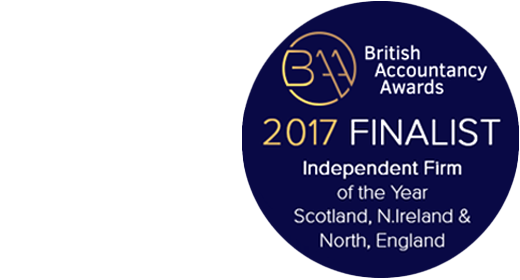
From higher employer National Insurance (NI) contributions to increases in Capital Gains Tax (CGT) rates, the changes announced in last week’s Budget have obvious implications for owners of small and medium-sized enterprises (SMEs).
These changes call for a careful financial strategy that can turn potential challenges into opportunities for resilience and growth.
Strategic workforce planning in light of National Insurance changes
With the increase in employers’ National Insurance Contributions (NICs) from April 2025, NICs will rise to 15 per cent, and the threshold will be lowered from £9,100 to £5,000.
For many business owners, this will increase payroll costs, tightening budgets further in a challenging market.
Rather than viewing this change as a simple added cost, it is an opportunity for business owners to evaluate their workforce strategy.
Exploring the optimal balance between salaried and contract staff or assessing the potential for flexible or hybrid roles could help mitigate increased contributions.
Forward planning and proactive cash flow management will allow SMEs to handle these rising costs.
Reassessing personal asset strategies
With CGT rates rising to 18 per cent for lower bands and 24 per cent for higher bands, there is a renewed motivation for business owners to consider how best to structure their own personal asset holdings and sales.
Planning asset sales with these new rates in mind can help mitigate their impact on your finances.
Options might include phased asset transfers, setting up trusts, or strategically balancing personal investments with long-term asset holding.
Our team can help you with these options and protect your personal long-term financial health and legacy.
Responding to wage increases
The national living wage rise to £12.21 per hour means that labour costs will increase by 6.7 per cent for many SMEs.
While this supports employees, it demands a strategic response to prevent it from reducing business margins.
Consider this an opportunity to refine your operational model.
Is there potential for automation or process improvements that could maintain productivity while minimising the impact of higher wages?
Embracing technology or refining workflows can create a stronger business model that absorbs wage increases without sacrificing service quality or growth potential.
Inheritance Tax considerations after changes to Business Property and Agricultural Property Reliefs
From April 2026, changes to Inheritance Tax (IHT) rules will reduce relief on business and agricultural assets over £1 million, offering 100 per cent relief only on the first £1 million and 50 per cent thereafter, resulting in a 20 per cent effective tax rate on higher-value assets.
Unlisted shares, like those on AIM, will qualify for only 50 per cent relief, regardless of value.
It is important to note that any IHT payments due can be paid in equal annual instalments over a 10-year period.
SME owners should consider options such as trusts, lifetime transfers, and optimising asset allocation to make the most of current reliefs and ensure smooth succession planning.
Taking advantage of business rates reliefs and increased employment allowance
With extended business rates relief for retail, hospitality, and leisure businesses and an increase in Employment Allowance from £5,000 to £10,500, there is some support available for offsetting the effects of rising NICs and other operational costs.
The key here is maximising these allowances effectively to protect your cash flow.
Using these reliefs strategically can help offset new Budget-driven costs.
If you are an SME owner and would like to explore strategies to support your business post-Budget, contact us today.

